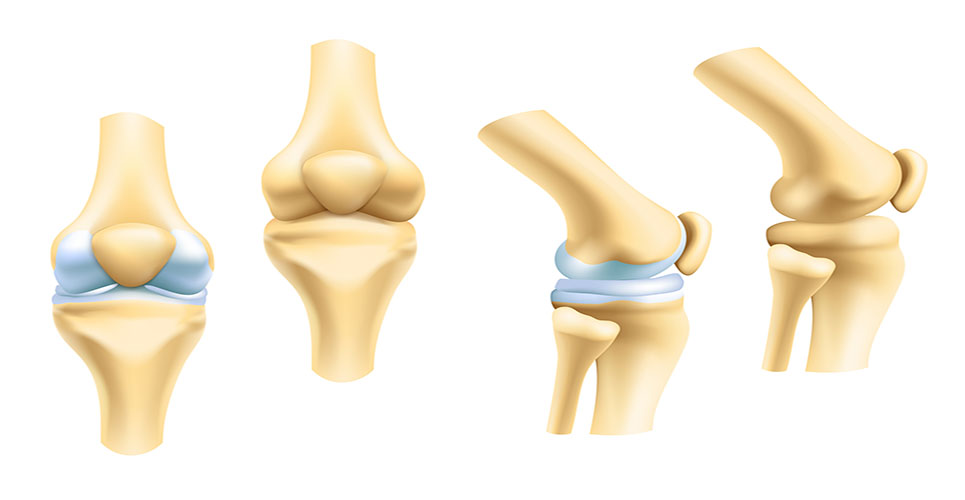teaser
IDEA AG today announced the results and implications of two phase III clinical studies comparing the targeted analgesic Diractin (ketoprofen in Transfersome gel) with the locally applied ketoprofen-free vesicles (used as an “epicutaneous placebo”) and, in one study, with oral comparators (celecoxib and “oral placebo”) for the treatment of osteoarthritis of the knee.
The European, phase III, 12 week, osteoarthritis (OA) study tested clinical efficacy and safety of two dosages of Diractin (50 mg and 100 mg ketoprofen per epicutaneous (e.c.) application, b.i.d.), the corresponding doses of the locally applied ketoprofen-free vesicles, an oral COX-2 inhibitor (100 mg Celebrex (Pfizer), b.i.d.), and the matching oral placebo.
The study revealed statistically significant non-inferiority for all efficacy measures of both locally applied Diractin doses as compared to the oral active comparator. The differences between Diractin and the locally applied ketoprofen-free vesicles were not statistically significant, however.
The results of all epicutaneous treatments and of oral celecoxib were statistically significant superior to oral placebo. Both Diractin and the ketoprofen-free vesicles caused no drug-related serious adverse events and had statistically significantly lower rate of gastro-intestinal adverse events than oral celecoxib.
In the US, phase III, 12 week clinical efficacy and safety study in OA of the knee, only the higher of the two Diractin doses (100 mg ketoprofen per application, e.c., b.i.d.) was compared with the matching ketoprofen free vesicles formulation. The outcome resembled the European study results, and showed similar clinical efficacy and safety of ketoprofen-loaded and –free deformable vesicles in a gel.

